Why tiny homes are the future of living: Attention, minimalist lovers, and those looking for innovative solutions to reduce their ecological footprint! Have you ever imagined living in a space that is functional, affordable, and environmentally friendly?
Look no further than tiny homes. These small yet practical dwellings are not only charming and unique but are becoming increasingly popular as a new way of living. In this blog post, we explore Why Tiny Homes Are the Future of Living.
Interest in tiny homes is on the rise, and for good reason. The concept of tiny homes involves living in spaces that range from 100 to 400 square feet, which means they have a small environmental impact compared to traditional homes.
This housing trend not only reduces material consumption and waste, but it also offers financial freedom, mobility, and simplicity.
Moreover, tiny homes have the potential to create communities that share common values such as environmental sustainability and minimalism.
Desire for a simpler lifestyle, a more sustainable future, and financial independence is what drives the tiny home movement.
These homes can be customized to suit the specific needs of their owners and can be built with eco-friendly materials, creating a low-impact lifestyle.
The cost of purchasing and maintaining a tiny home is significantly less than that of a traditional home, freeing up finances for other important aspects of life.
Action is required to promote the tiny home lifestyle. Governments, architects, and communities need to work together to create spaces that allow for tiny home living.
This movement has already begun, with several countries creating laws to allow for the development of tiny home communities. So, join the tiny home revolution and embrace the many benefits of this innovative and eco-friendly way of living.

What are tiny homes?
Defining tiny homes: Square footage and design principles
Typically ranging from 100 to 400 square feet, tiny homes are compact dwellings designed with the primary goal of efficient space utilization.
These abodes emphasize functionality and minimalism, incorporating smart design elements to provide a comfortable living experience despite the limited square footage.
In addition to their small size, tiny homes also prioritize sustainability and affordability. Many tiny homes are built using eco-friendly materials and incorporate energy-efficient features such as solar panels and composting toilets.
Furthermore, because of their compact size, tiny homes require less energy to heat and cool, making them more energy-efficient than larger homes.
Another important design principle of tiny homes is the use of multi-functional spaces. Many tiny homes incorporate furniture that can be used for multiple purposes.
Such as a bed that also functions as a sofa or a table that can be folded down when not in use. This helps to maximize the use of the limited space available in a tiny home.
Despite their small size, tiny homes can be customized to fit the unique needs and preferences of their owners. From traditional cabin-style designs to modern, minimalist layouts, there are a variety of styles to choose from.
Ultimately, the defining characteristic of a tiny home is its focus on efficient use of space, sustainability, and affordability.
A Brief history of the tiny homes movement
Originating in the 1970s, the tiny homes movement gained momentum as a response to the increasing size of traditional homes and the associated environmental impact. Over time, this movement has evolved into a global phenomenon that promotes sustainable and minimalist living.
The growing popularity of tiny homes
With rising housing costs, climate change concerns, and a desire for more freedom and simplicity, the popularity of tiny homes has soared. They have become a viable alternative for those seeking a more affordable and environmentally friendly lifestyle.
Also see: How Much Do Tiny Homes Weigh
Top pick

Editor’s choice
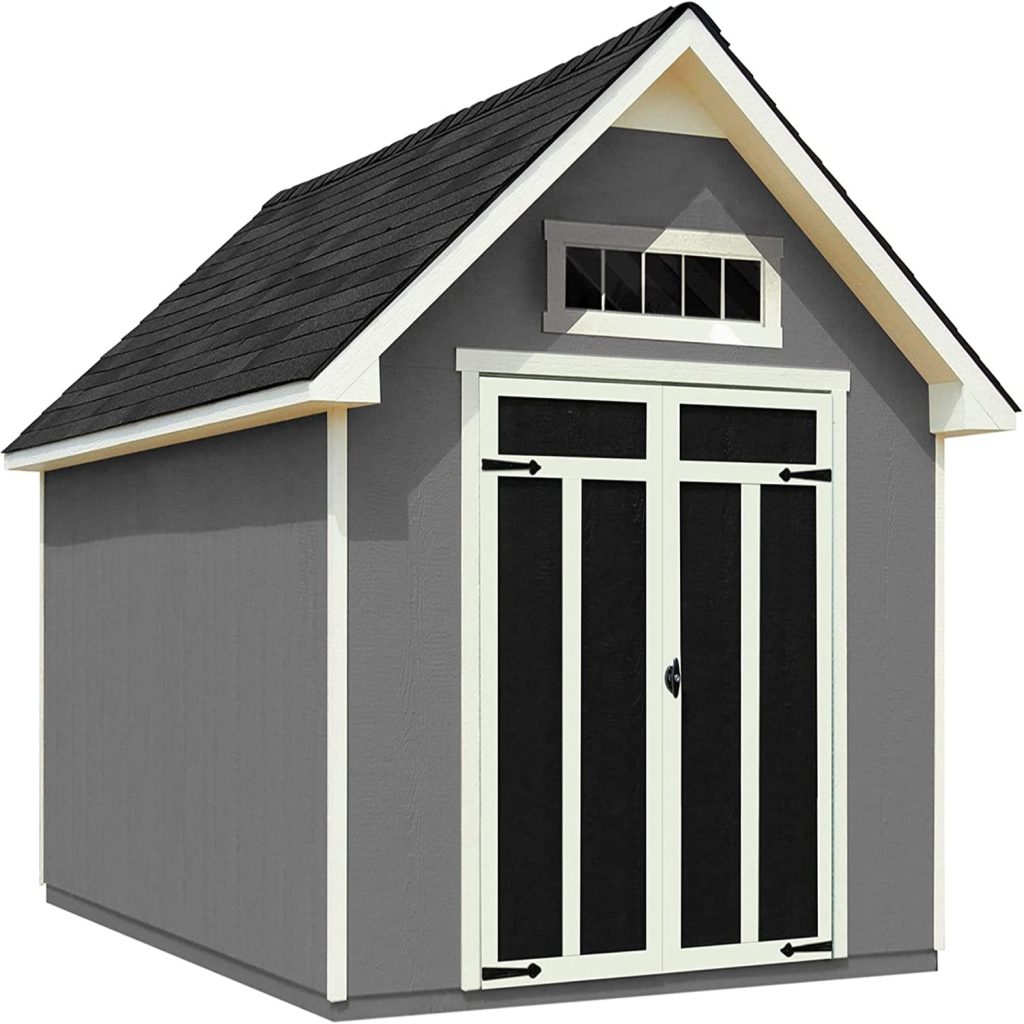
Best value
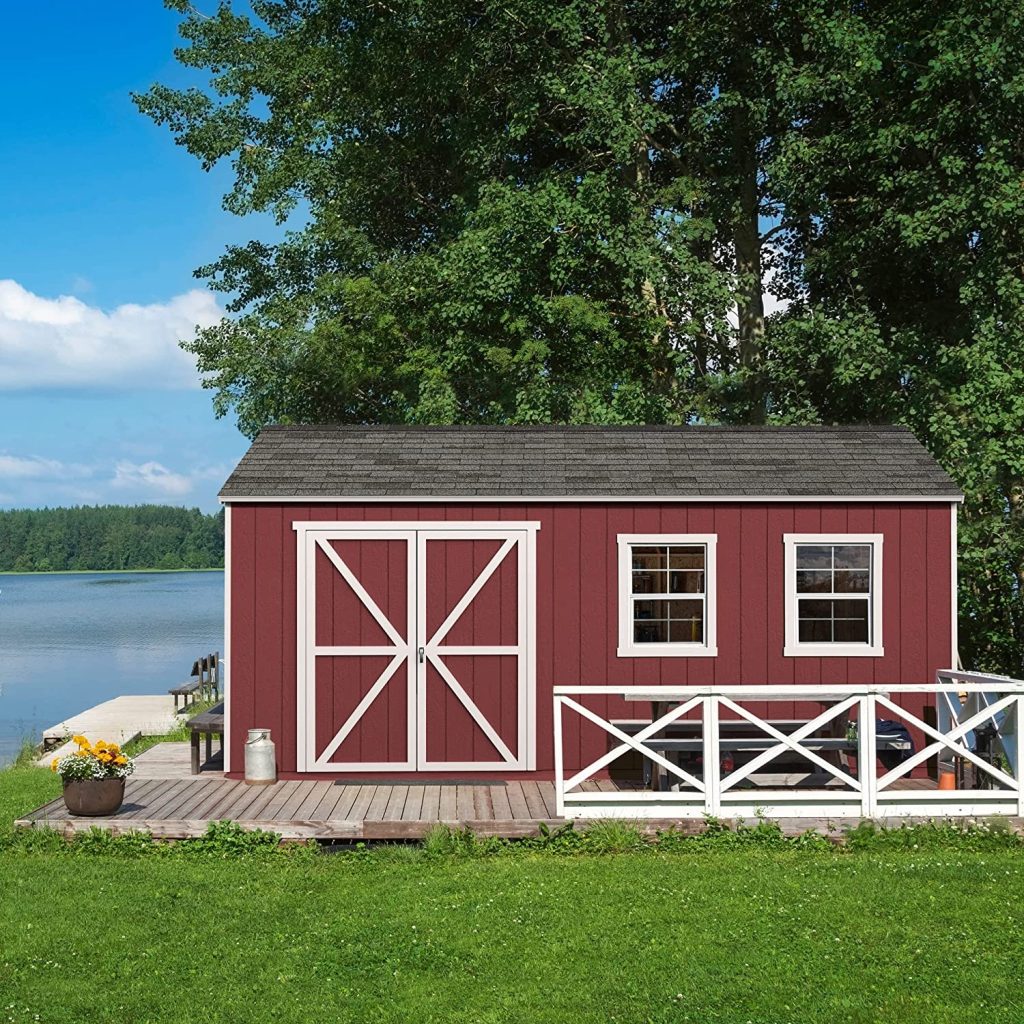
10 Awesome tips for living in a tiny home
1. Maximize your space: Creative storage solutions
Ingenious built-in furniture and multi-purpose spaces are crucial for optimizing space in tiny homes. Convertible furniture, such as Murphy beds and expandable dining tables, can significantly enhance the functionality of your abode.
Another way to make the most of limited space in a tiny home is by incorporating storage solutions into furniture pieces. For example, a bed with built-in drawers or a coffee table with hidden compartments can provide additional storage without taking up extra floor space.
Additionally, designing multi-purpose spaces can help maximize the functionality of a small home.
For instance, a guest room that doubles as a home office or a living room that can transform into a bedroom with a pull-out sofa bed can help accommodate different needs without sacrificing comfort or convenience.
Ultimately, with some creativity and strategic planning, small living spaces can offer both style and functionality.
Vertical storage ideas
Utilize vertical space by incorporating floor-to-ceiling shelving, lofted beds, and tall cabinetry. These solutions provide ample storage without consuming valuable floor area.
Hidden storage techniques
Secret compartments and underfloor storage can be creatively integrated into your tiny home, keeping your belongings organized without contributing to visual clutter.

2. Master the art of decluttering
Embracing minimalism
Adopting a minimalist mindset means surrounding yourself with only essential possessions, making your living space more manageable and aesthetically pleasing.
Regular purging of possessions
Establish a routine to regularly evaluate and purge items you no longer need, ensuring that your tiny home remains uncluttered and efficient.
Setting rules for acquiring new items
Implement the “one in, one out” rule for new acquisitions to maintain a balanced inventory of possessions and avoid overcrowding your living space.
3. Get creative with the use of color and texture
Color schemes for small spaces
Light, neutral hues can make your tiny home appear more spacious, while bold accent colors can add visual interest and personality.
Consider using light and neutral hues for the main color scheme of your tiny home. These colors can create an airy and open feel, which can help to make your space appear more spacious.
You can complement this with bold accent colors that add visual interest and personality. Try incorporating accent colors through decor items such as throw pillows, rugs, and artwork.
You can also use accent colors for statement furniture pieces like a colorful armchair or a patterned sofa. The key is to strike a balance between the neutral hues and the bold accents, so your space feels cohesive and harmonious.
With the right mix of colors and decor, you can create a stylish and comfortable home that feels much larger than its actual square footage.
Top pick

Editor’s choice

Best value
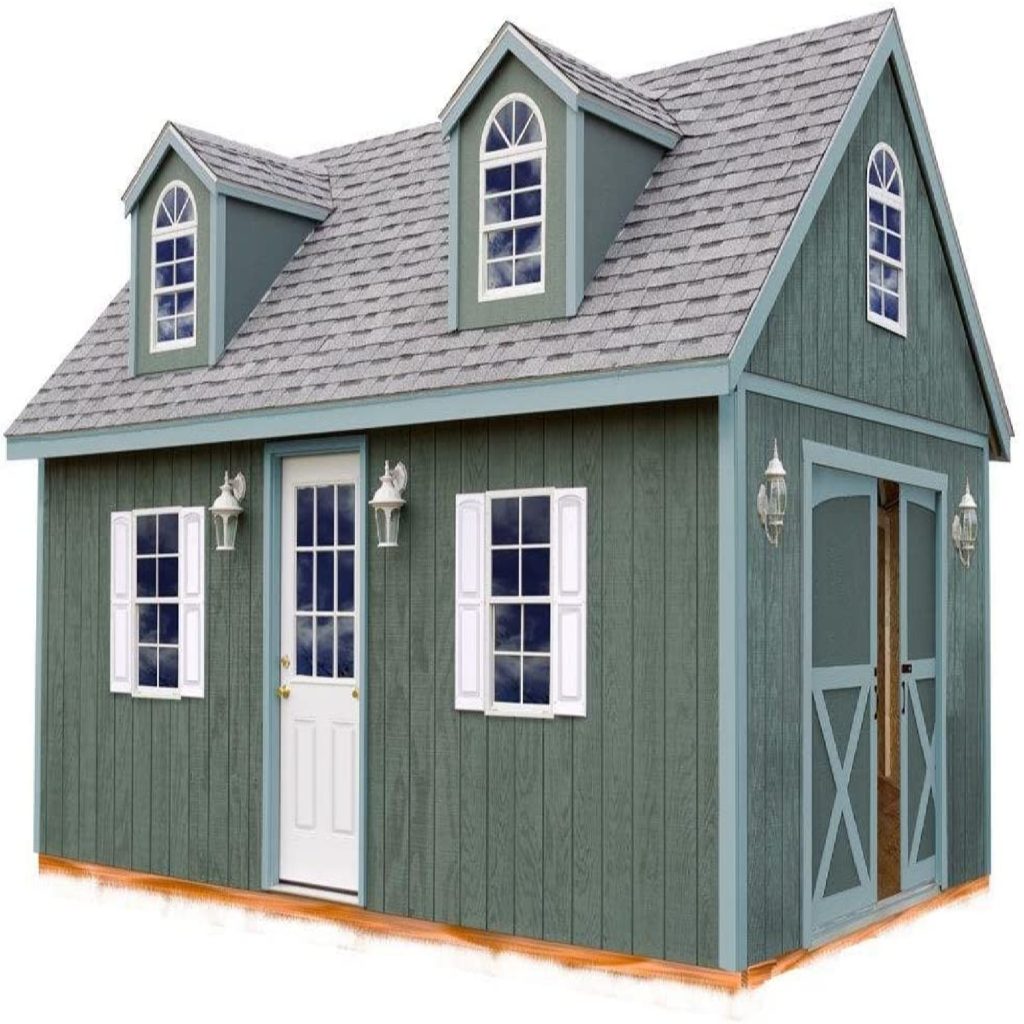
Creating visual interest with texture
Incorporate diverse textures through fabrics, wall treatments, and furnishings to create an inviting, cohesive environment without compromising on space.
To create a visually appealing and harmonious atmosphere in a space, it is important to incorporate diverse textures through fabrics, wall treatments, and furnishings. One way to achieve this is by mixing and matching different materials such as cotton, linen, silk, wool, and leather.
For example, a plush velvet couch can be paired with a woven jute rug to create a dynamic contrast in texture. In addition to fabrics, wall treatments can also add texture to a room.
Consider incorporating wallpaper with a subtle pattern or texture, such as grasscloth or linen, to create a sophisticated and inviting atmosphere. Similarly, textured paint or decorative plaster can add depth and character to a space.
Furnishings can also play a significant role in adding texture to a room. Incorporating pieces made from natural materials such as wood or stone can provide a tactile element that adds warmth and interest.
Alternatively, introducing metal accents, such as a brass coffee table or a copper pendant light, can add a modern and industrial touch.
By incorporating diverse textures through fabrics, wall treatments, and furnishings, it is possible to create an inviting and cohesive environment without compromising on space. It’s all about finding the right balance and creating a space that feels both visually stimulating and comfortable.
Integrating natural elements
Incorporate natural elements like wood, stone, and plants to forge a connection with the outdoors and enhance your overall well-being.
By incorporating natural elements into your living space, you can create a calming and peaceful atmosphere that helps you feel more grounded and connected with nature.
Wooden accents can add warmth and texture to a room, while stone surfaces can bring an earthy, organic feel. Plants not only add a pop of color but also help purify the air and improve your indoor environment.
Consider adding a statement piece like a large potted plant or a piece of driftwood to serve as a focal point and tie the natural elements together.
By creating a space that reflects the beauty of the outdoors, you can create a sanctuary that promotes relaxation, reduces stress, and enhances your overall well-being.
Also see: Can Tiny Homes Withstand Hurricanes
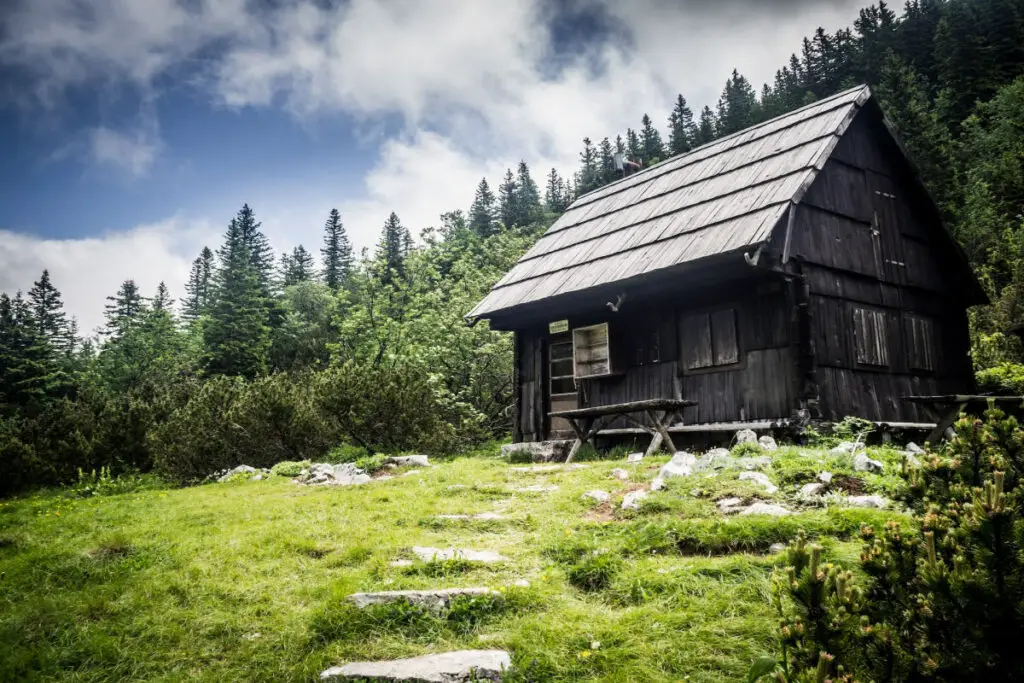
4. Invest in quality, multi-functional furniture
Examples of space-saving furniture
Some examples include sofa beds, nesting tables, and storage ottomans, which provide versatile functionality without taking up too much space. Other pieces of furniture that offer versatile functionality while maximizing space include futons, Murphy beds, and folding chairs.
A futon is a couch that can be transformed into a bed, making it perfect for small living spaces that don’t have a separate bedroom.
A Murphy bed is a bed that folds up against the wall when not in use, freeing up floor space during the day. Folding chairs are great for entertaining guests because they can easily be stored away when not needed.
These types of furniture pieces are perfect for those who live in apartments, small homes, or anyone looking to maximize space while still having stylish and functional furniture.
Customizable furniture options
Custom-built furniture can be designed to perfectly fit your tiny home, maximizing storage and living space while maintaining a sleek aesthetic.
Not only does custom-built furniture allow you to optimize the limited space available in a tiny home, but it also provides you with the opportunity to express your personal style and taste.
With the help of a skilled furniture designer, you can choose the materials, colors, and finishes that complement your decor and create a cohesive look throughout your space.
Additionally, custom furniture is often of higher quality than mass-produced options, ensuring that your investment will last for years to come.
So, whether you need a bed that doubles as a storage unit, a compact dining table, or a custom-built wardrobe, investing in custom furniture is an excellent way to make the most of your tiny home.
Prioritizing comfort and functionality
While selecting furniture, prioritize comfort and functionality to ensure your tiny home remains a comfortable haven. Also, consider choosing multi-purpose pieces that can serve more than one function to maximize space utilization.
For example, a sofa bed can provide a comfortable place to sit during the day and a cozy sleeping spot at night. Additionally, opt for furniture with built-in storage to keep clutter at bay and maintain a tidy living space.
You can also experiment with creative storage solutions such as floating shelves, under-bed storage containers, or wall-mounted cabinets.
Lastly, make sure to measure your tiny home’s dimensions before purchasing any furniture to ensure a perfect fit and avoid overcrowding. By following these tips, you can transform your tiny home into a functional and comfortable living space.
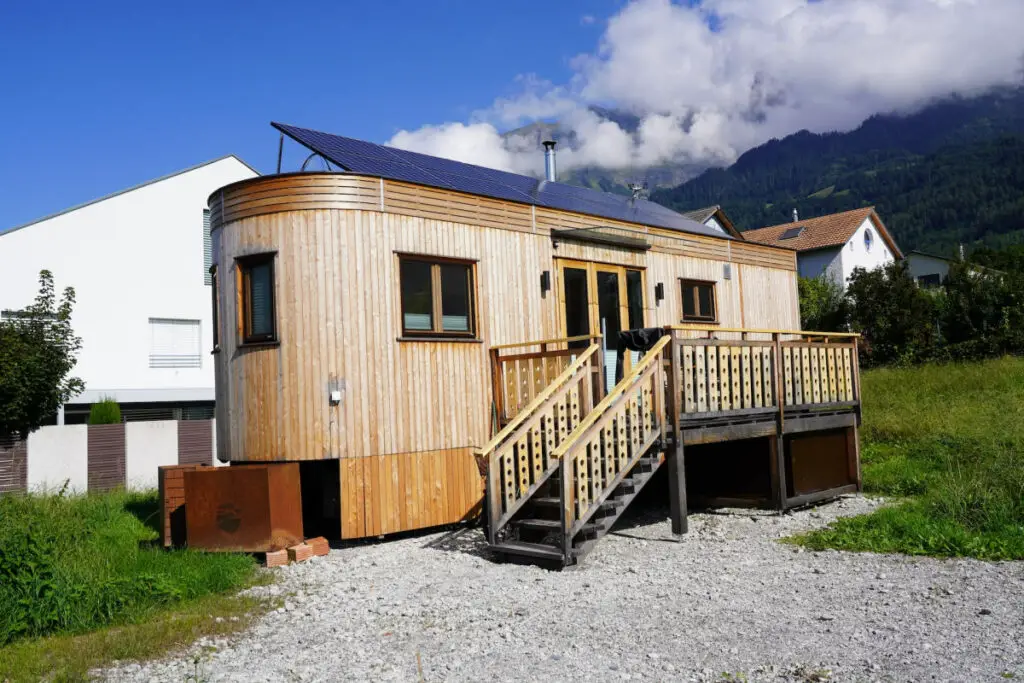
5. Go green with sustainable living practices
Energy-efficient appliances and lighting
Invest in energy-efficient appliances and LED lighting to minimize your environmental footprint and reduce energy costs.
Water-saving techniques
Utilize low-flow fixtures, rainwater harvesting systems, and greywater recycling to conserve water and lower utility bills.
Eco-friendly materials for tiny homes
Choose sustainable building materials such as reclaimed wood, recycled metal, and non-toxic insulation to minimize the environmental impact of your tiny home.
6. Enjoy the great outdoors: Maximizing outdoor living space
Creating inviting outdoor living areas
Expand your living space by designing comfortable and functional outdoor areas, such as patios, decks, or rooftop gardens.
Gardening and landscaping for tiny homes
Incorporate container gardening, vertical gardens, or green walls to enhance your outdoor space and grow your own food, even in limited areas.
Bringing the outdoors inside
Utilize large windows, skylights, and sliding glass doors to let in natural light and create a seamless transition between indoor and outdoor spaces.
7. Stay organized with a well-planned layout
Designing an efficient tiny home floor plan
Carefully plan your floor layout to optimize traffic flow, maintain privacy, and ensure efficient use of available space.
Zoning: Separating spaces in a tiny home
Create designated zones for various activities, such as sleeping, cooking, and lounging, to maintain a sense of order and organization.
The importance of proper ventilation and lighting
Ensure adequate ventilation and natural lighting to create a healthy and comfortable living environment in your tiny home.
Also see: Tiny Homes You Can Pull With A Truck
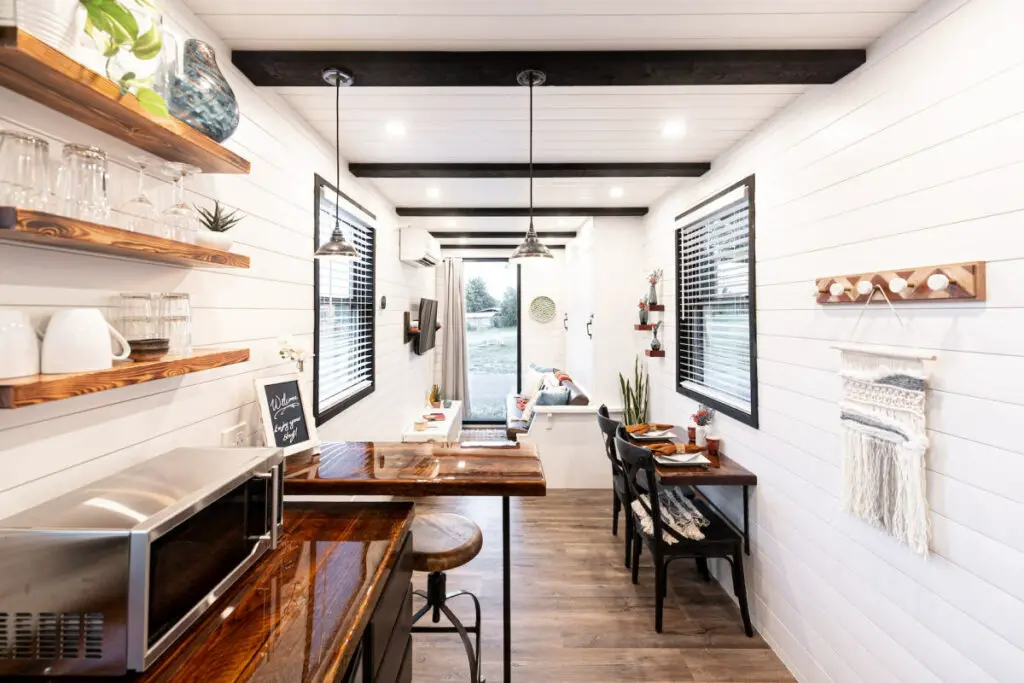
8. Leverage technology for smart living
Smart home devices for tiny spaces
Integrate smart home devices such as thermostats, lighting controls, and security systems to enhance the functionality and convenience of your tiny home.
By integrating smart home devices into your tiny home, you can take advantage of the latest technology to make your living space more efficient and comfortable.
With a smart thermostat, you can easily control the temperature of your home from your smartphone or tablet, ensuring that you’re always comfortable no matter the weather.
Smart lighting controls allow you to adjust the brightness and color of your lights to create the perfect ambiance for any occasion, while also helping you save energy and reduce your electricity bills.
And with a smart security system, you can monitor your home and receive alerts in case of any suspicious activity, giving you peace of mind and keeping your tiny home safe and secure.
By embracing the latest in smart home technology, you can create a truly modern and convenient living space that meets all your needs and exceeds your expectations.
Top pick
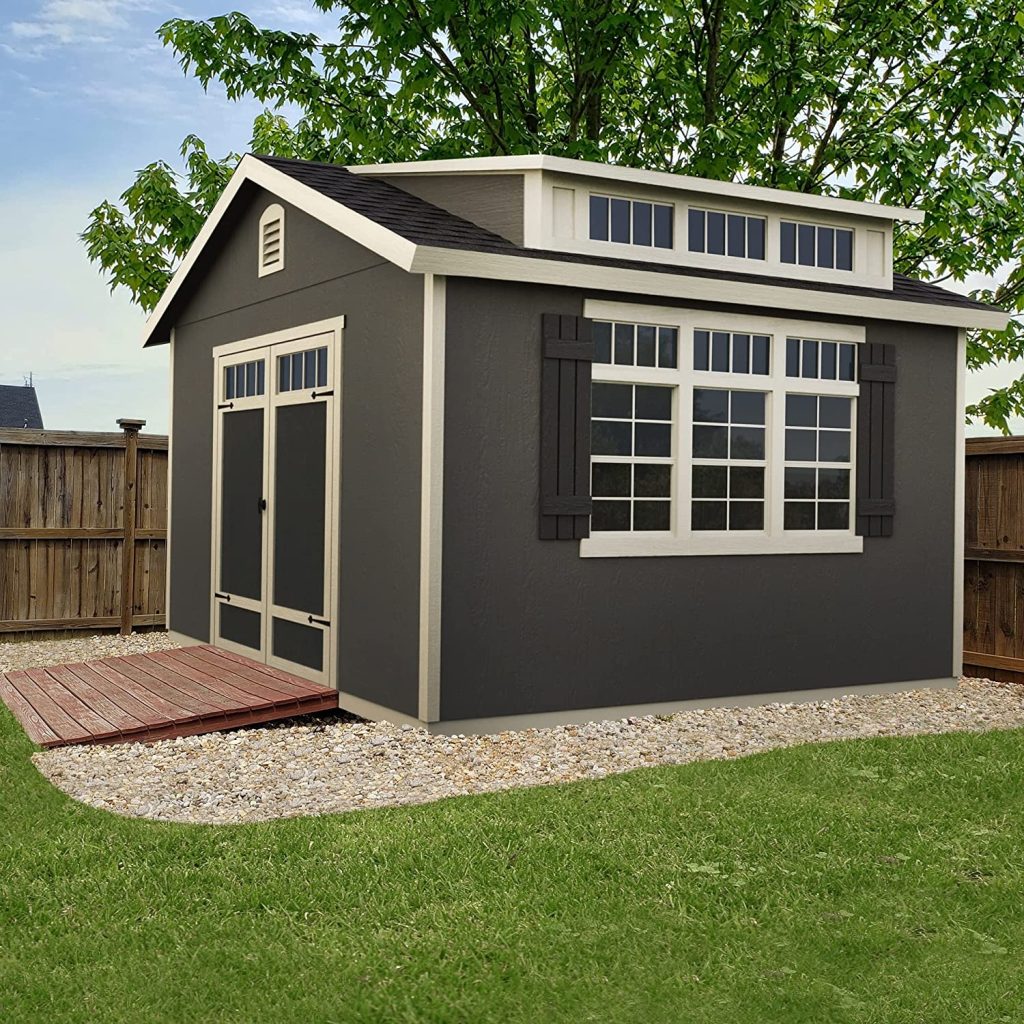
Editor’s choice
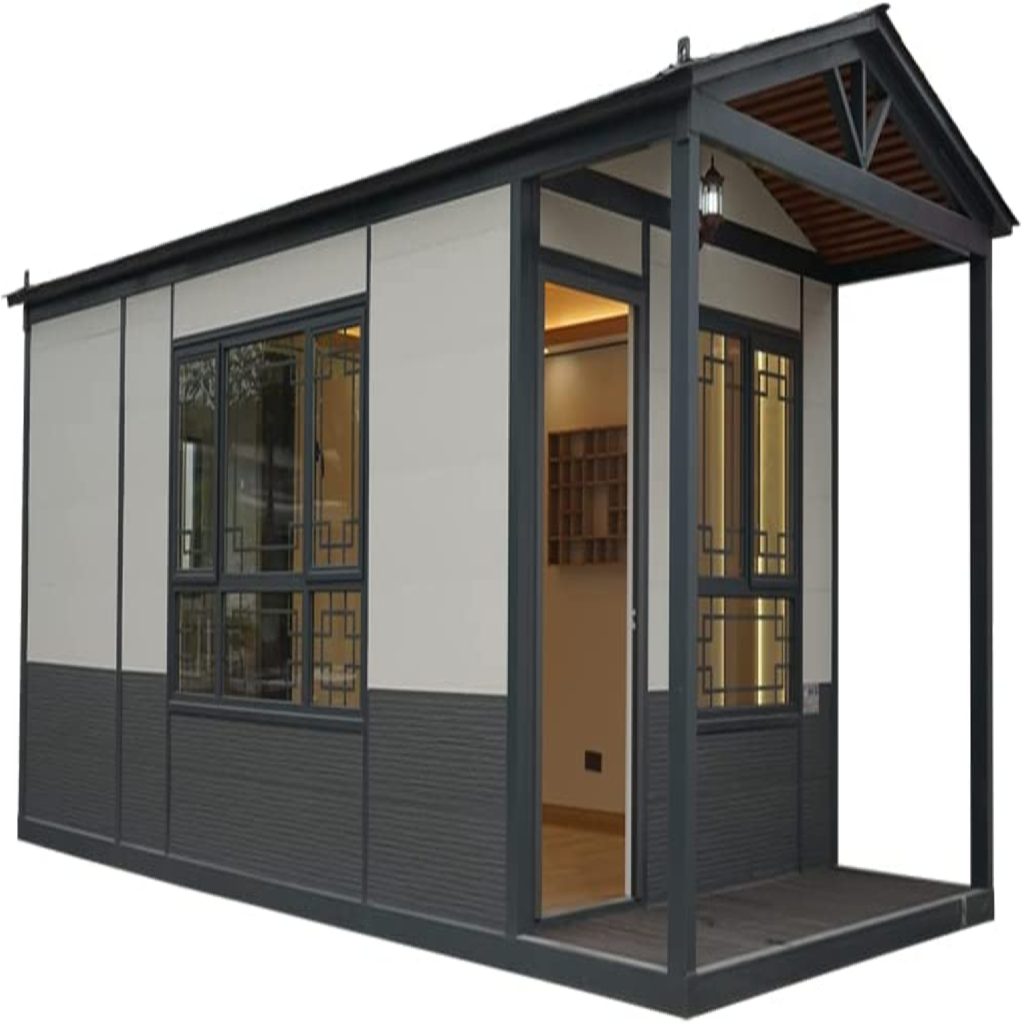
Automation and energy management
Employ home automation systems to manage energy consumption, thereby reducing your carbon footprint and utility bills.
Home automation systems can be incredibly useful in reducing energy consumption and saving you money in the long run.
These systems allow you to remotely control your home’s temperature, lighting, and other appliances, even when you’re not there.
For example, you can set your thermostat to automatically adjust the temperature when you leave the house or when you go to bed, ensuring that you’re not wasting energy and money.
Additionally, some home automation systems can monitor your energy usage and provide you with detailed reports on where you’re using the most energy, allowing you to make informed decisions about how to reduce your consumption even further.
By using home automation to manage your energy consumption, you can not only reduce your carbon footprint and utility bills but also make your home more efficient and comfortable.
Wi-Fi connectivity and entertainment
Equip your tiny home with reliable Wi-Fi connectivity and compact entertainment systems to stay connected and entertained.
With so many people working remotely and relying on digital tools to stay connected, having a reliable Wi-Fi connection in your tiny home is essential.
You may want to invest in a high-quality router and consider adding an extender to ensure that your signal reaches every corner of your space.
Additionally, compact entertainment systems can help keep you entertained during your downtime.
Whether you prefer streaming movies and TV shows or listening to music, there are plenty of options available that won’t take up too much space.
Consider a compact smart TV, a portable Bluetooth speaker, or even a projector if you have a blank wall to project onto.
By outfitting your tiny home with these tech essentials, you can stay connected and entertained no matter where you go.
Also see: Tiny House Living Essentials
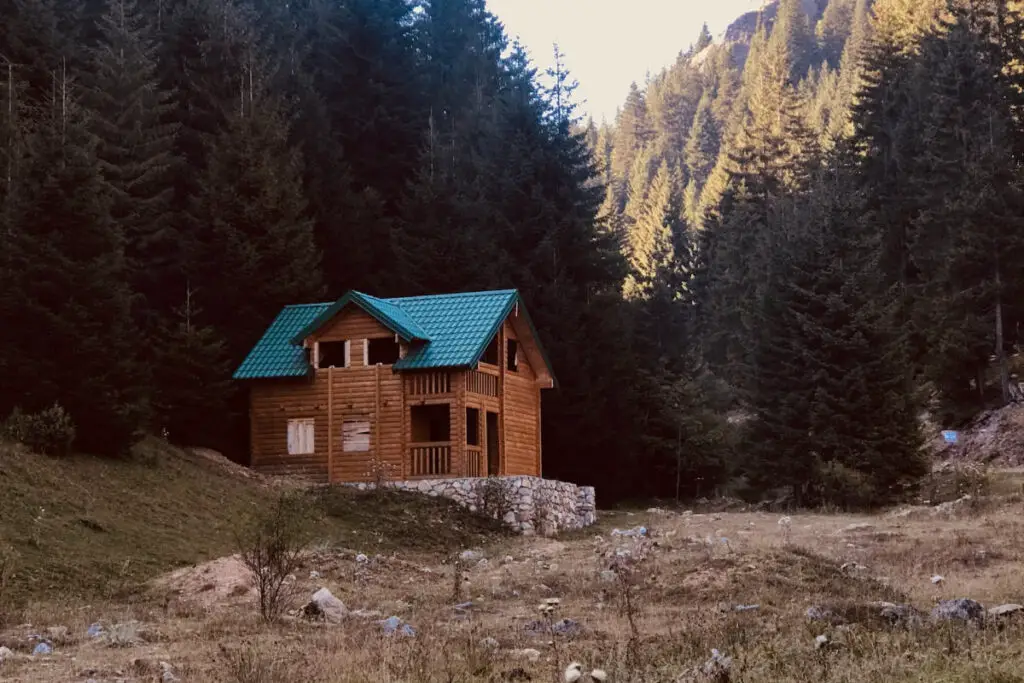
9. Think outside the box with unique tiny home designs
Creative architectural styles for tiny homes
Explore unconventional architectural styles like A-frames, shipping containers, and yurts to create a distinctive and personalized living space.
Incorporating personality into your space
Showcase your unique taste and style through artwork, textiles, and décor, transforming your tiny home into a reflection of your personality.
Inspiring examples of unique tiny homes
Research innovative tiny home designs for inspiration, taking note of inventive solutions and creative ideas that can be adapted to your own space.
10. Navigate legalities and building codes
Tiny home building regulations and zoning laws
Familiarize yourself with local building regulations and zoning laws to ensure that your tiny home is compliant and legally habitable.
Finding the right location for your tiny home
Research and select a location that aligns with your lifestyle preferences, taking into account factors like climate, community, and accessibility to amenities.
Partnering with experienced tiny home builders
Collaborate with reputable tiny home builders who have experience navigating legalities and building codes, guaranteeing a smooth construction process.

The financial benefits of tiny home living
Lowering the cost of homeownership
Tiny homes offer a more affordable path to homeownership, requiring less initial investment and ongoing costs.
Reducing monthly utility bills
The reduced square footage and sustainable practices of tiny homes lead to lower utility bills, providing significant savings over time.
Simplifying maintenance and upkeep
With fewer rooms and smaller spaces, tiny homes require less maintenance and upkeep, allowing you to devote more time and resources to other pursuits.
Tiny home communities: The social aspect of small living
The growth of tiny home communities
With the increasing popularity of tiny homes, numerous communities have emerged, fostering social connections and shared values among residents.
Benefits of living in a tiny home community
Living in a tiny home community offers advantages such as shared amenities, a sense of camaraderie, and a supportive network of like-minded individuals.
Finding your perfect tiny home neighborhood
Research and visit various tiny home communities to find one that aligns with your lifestyle, values, and social preferences, ensuring a harmonious living experience.
Also see: Can Tiny Homes Have Basements?
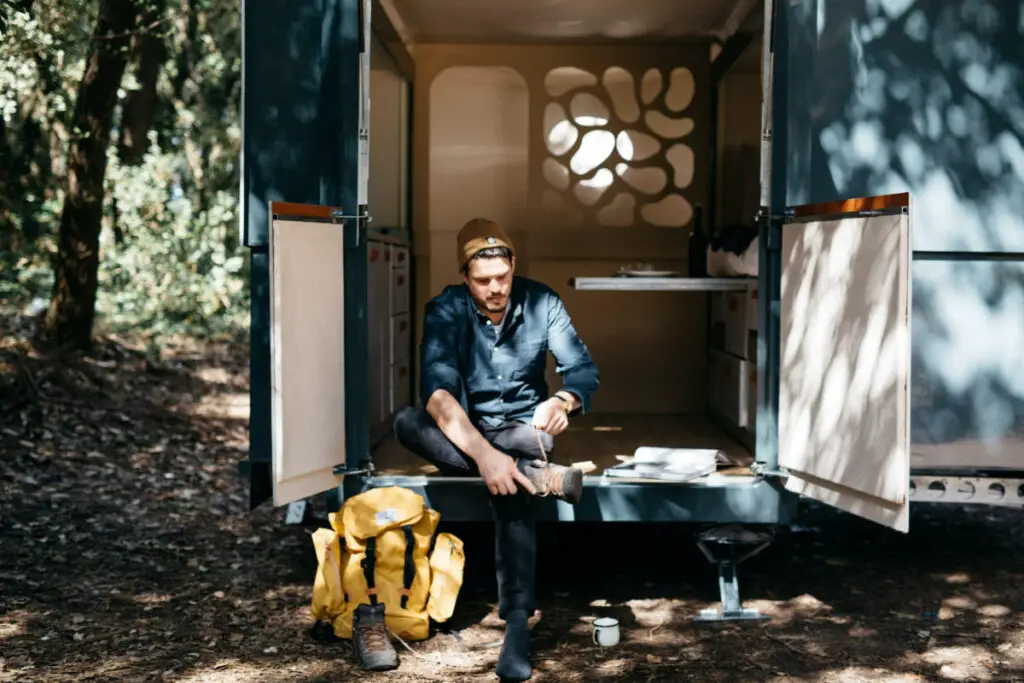
FAQ
1. What are the benefits of living in a tiny home?
Simplicity, affordability, mobility, and sustainability are the main benefits of living in a tiny home.
2. Are tiny homes more affordable than traditional homes?
Tiny homes are often more affordable than traditional homes due to their smaller size and lower costs.
3. How do tiny homes impact the environment?
Tiny homes reduce environmental impact by using less resources, energy, and producing less waste.
4. Are there any downsides to living in a tiny home?
Limited space, lack of privacy, zoning regulations, and maintenance costs are downsides of living in a tiny home.
5. Can tiny homes be considered a practical living solution?
Yes, tiny homes can be a practical living solution for those seeking a minimalist lifestyle.
Conclusion
Tiny homes embody the principles of simplicity and sustainability, allowing individuals to live in harmony with nature while reducing their ecological footprint.
As the world faces unprecedented challenges, tiny homes offer a flexible and adaptable living solution, meeting the evolving needs of modern society.
With growing awareness and adoption of tiny homes, this movement has the potential to revolutionize housing and create a more sustainable, community-driven world.
Also see: Tiny House You Can Tow

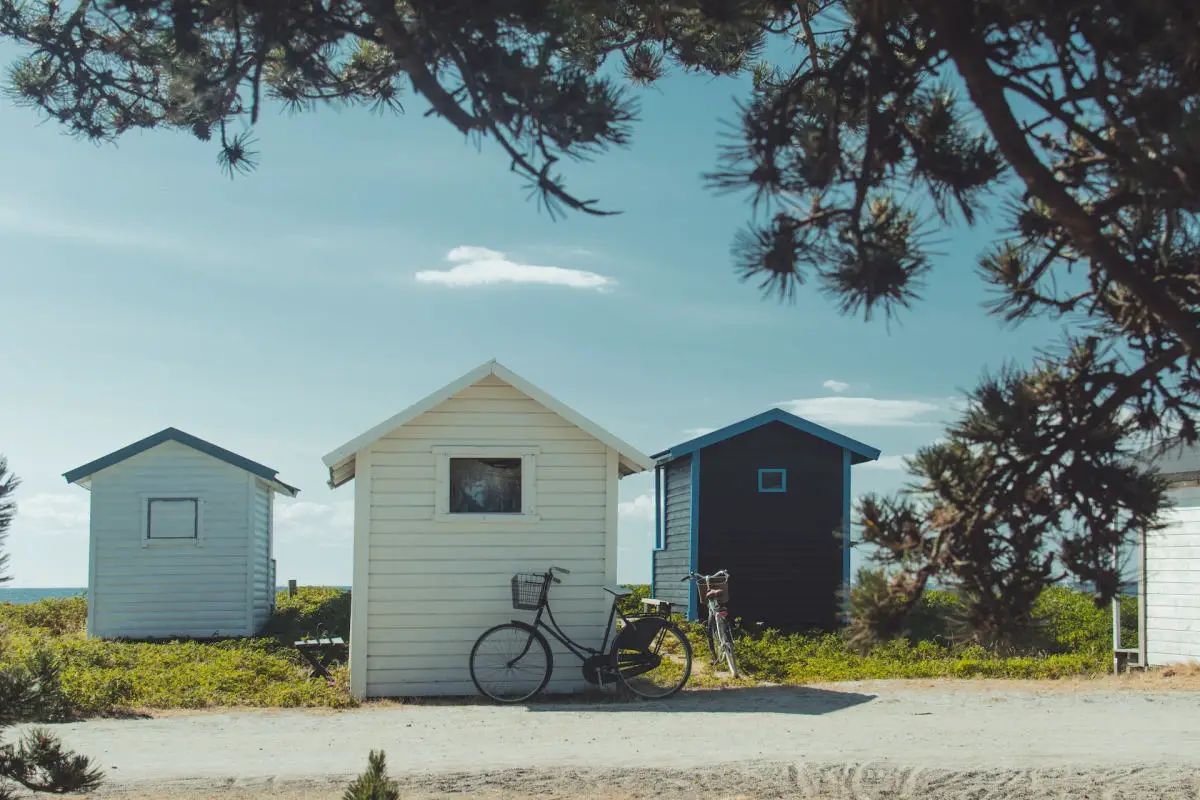
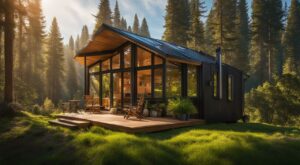
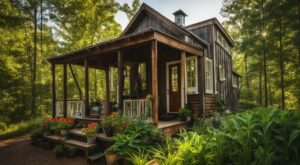
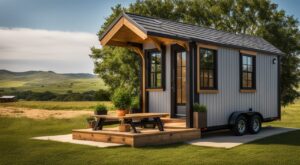
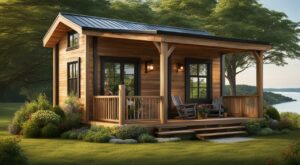
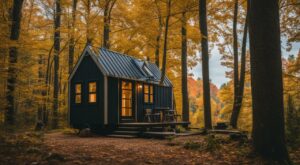

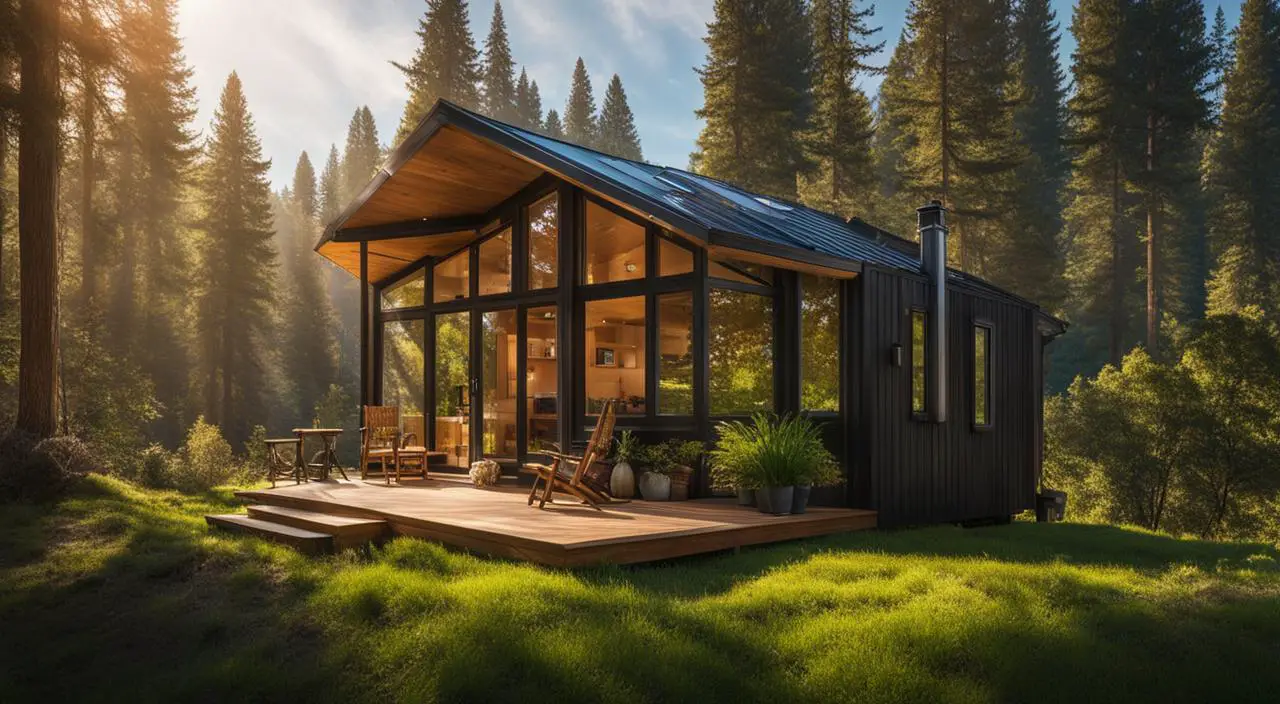
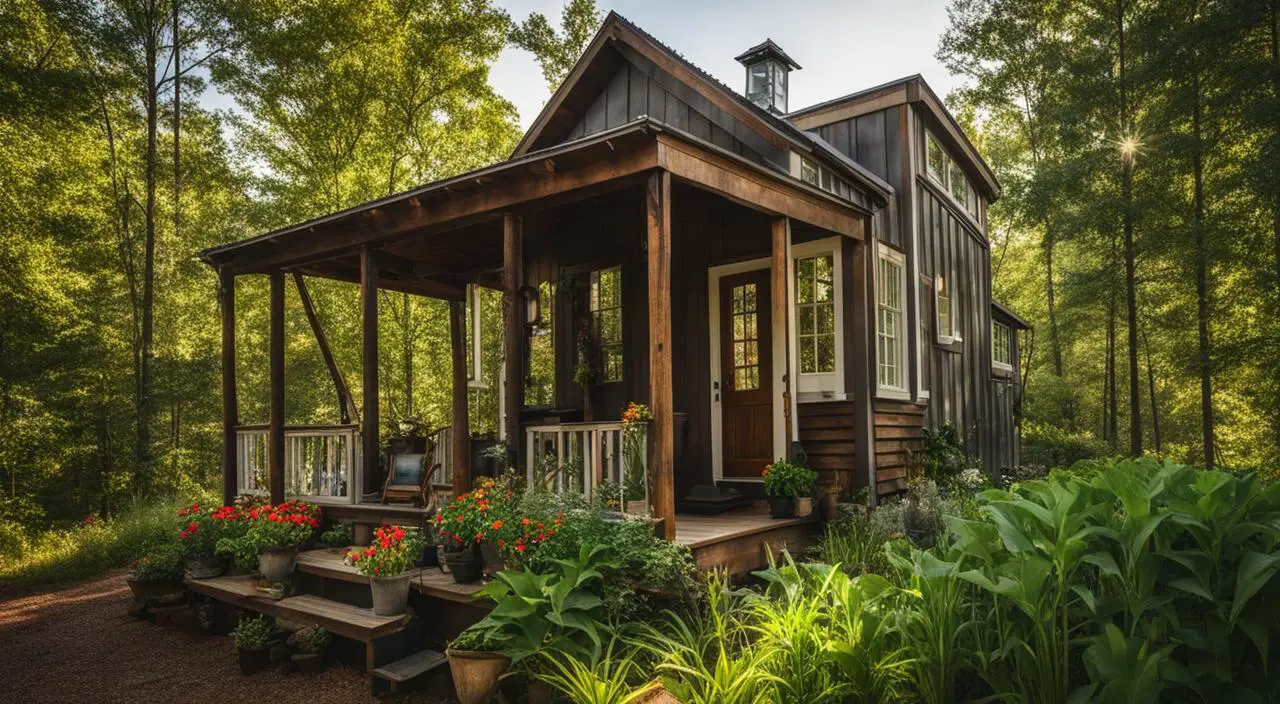
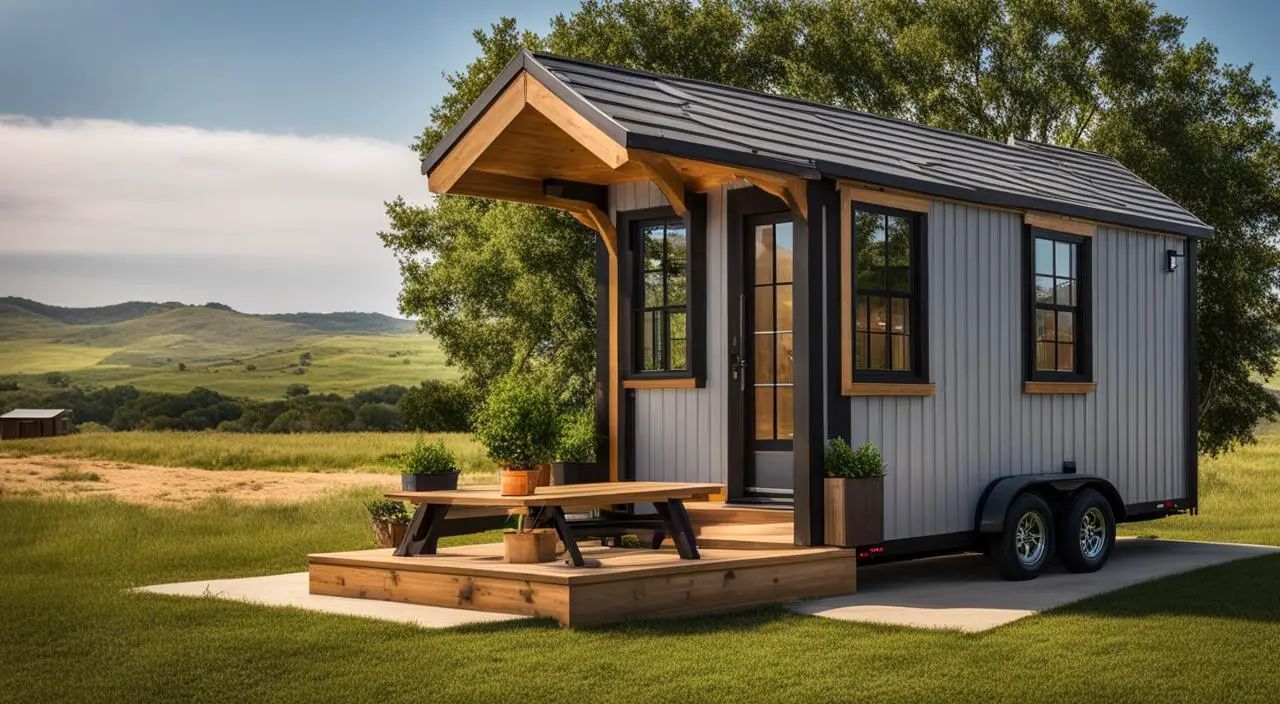
Leave a Reply